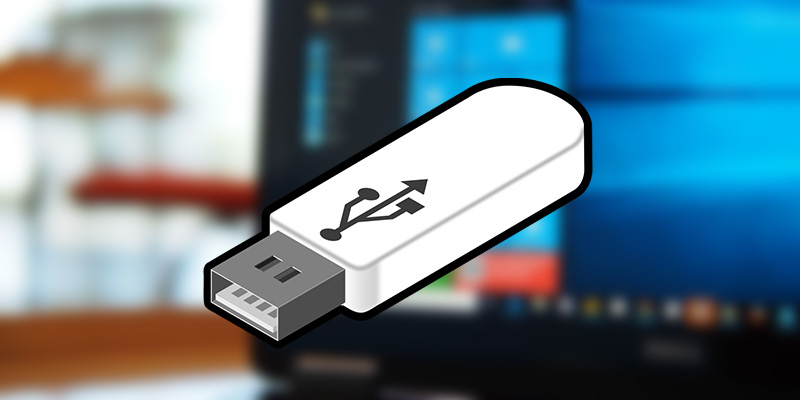

Unmount your USB stickīefore we can continue we need to make sure your USB stick isn’t mounted to OS X. The dd command will not warn you before this happens.
Iso usb tool for mac iso#
Note that when we get to work, everything on your USB stick will be erased when we copy the ISO over. The device I want to use here is /dev/disk4. If your currently formatted stick is named you can identify it that way too (mine is called C64). Your layout will be different, so keep an eye on the SIZE parameter.

The one at the bottom is my USB stick, an old 4GB model currently formatted with FAT32. Looks like I’ve got 5 storage devices on my system. Type the following to get a list of what’s attached where: diskutil listĢ: Apple_HFS Macintosh HD 999.3 GB disk0s2ģ: Apple_Boot Recovery HD 650.0 MB disk0s3Ģ: Apple_HFS Macintosh SSD 511.3 GB disk1s2ģ: Apple_Boot Recovery HD 650.0 MB disk1s3Ģ: Apple_HFS Black Time Machine 1.5 TB disk3s2 Since our ISO image will overwrite all partitions on the USB stick, we need to know what the system knows our USB stick as. For example, /dev/disk0 is your internal Mac hard disk in which you’ll find three partitions. Depending on how many storage devices are attached to your system, you’ll get a specific address for each device. Each device can hold a number of partitions which is where your data is stored. Let me explain this:ĭevices are things attached to the system, such as hard disk, memory cards and USB sticks. The dd command needs to know which file you want to copy (see above), and the device corresponding to your USB stick. So far so good, we’re in the right location. The second command lists all files, and your ISO image should be one of them. Let’s enter that directory by issuing the following command: cd ~/Downloads

Now open Terminal – it’s under Applications – Utilities, or do a Spotlight search to find it.įor this example I’m assuming that the image file is called centos.iso and that it’s in your Downloads directory. Next, have a USB stick handy and insert it into your Mac.
Iso usb tool for mac download#
Our operation will result in a bootable USB stick.įirst, head over to a CentOS Mirror and download your favourite ISO image. The following will work in both Mavericks and Yosemite, with ISOs from CentOS 6.5 and above. It needs a few parameters though, and in this article we’ll look at what those are. Instead we can make use of a command line tool named dd which can do this for us. Mac users don’t have such a luxury – at least I haven’t found one yet. Windows users have a great free tool called ISO2USB which efficiently transfers ISO images to a USB stick.


 0 kommentar(er)
0 kommentar(er)
